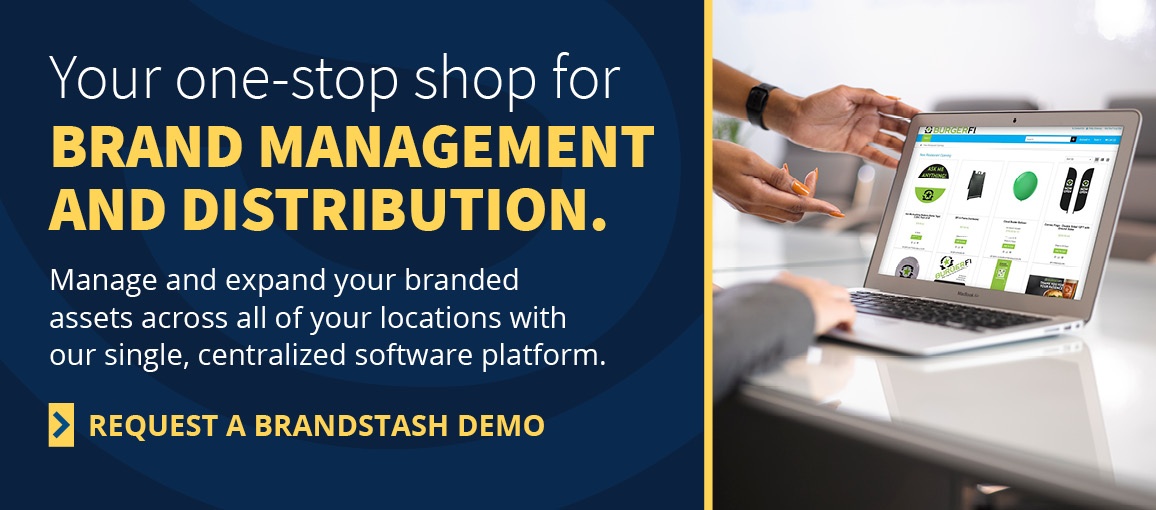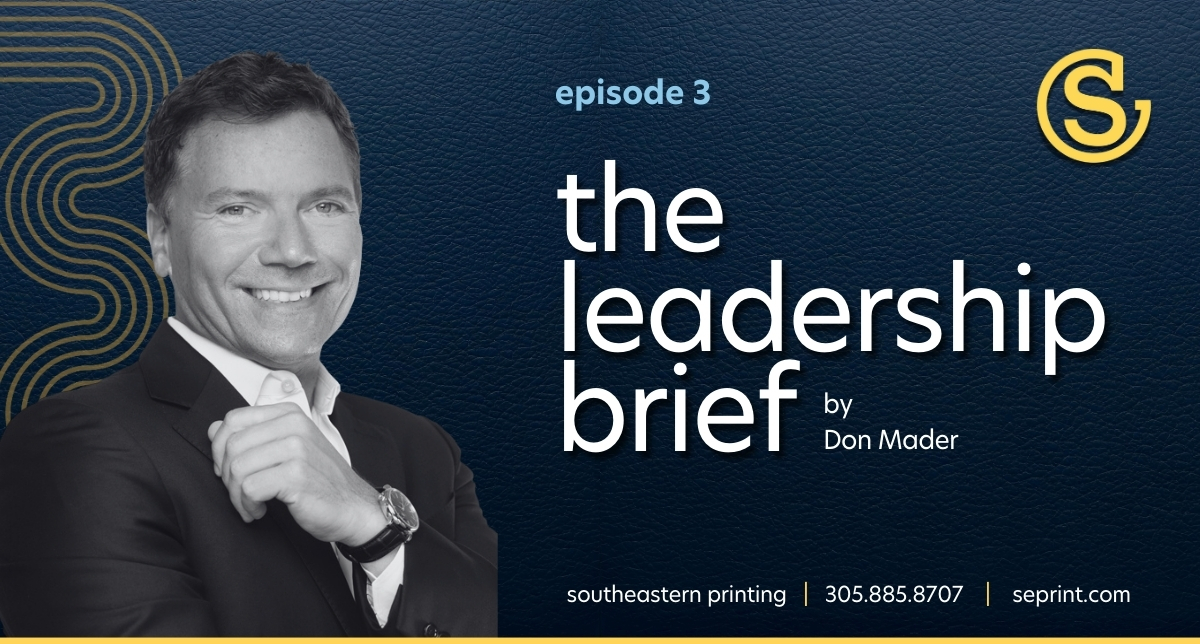Companies of all sizes must manage a wealth of brand collateral at any given time. In recent years, the push toward digital management has grown, but managing printed brand collateral is just as important—and the quantity of collateral companies produce is increasing exponentially. In fact, estimates show that Americans are exposed to up to 10,000 ads each day. It’s no wonder that companies are realizing they must find better ways to manage their rapidly expanding brand collateral.
So, what exactly is brand collateral? Brand collateral constitutes various types of media used to promote and spread awareness about your brand to your target audience. A company uses collateral to communicate the voice and tone of its brand while building interest and trust with prospective customers.
When it comes to print collateral in particular, companies want to make sure brand standards don’t get lost in the shuffle. That’s why it’s so important to establish best practices early on to create consistency across all aspects of your brand and ensure customers receive relevant and actionable information.
Here, we break it down into five best practices for you to consider as you create and manage print collateral for your brand.
1. Define audience and objectives.
To create awesome branded material, you’ll need to begin by defining your target audience and their pain points. You’ll also need to consider where prospective customers are along the buyer’s journey: top of the funnel, middle of the funnel, or bottom of the funnel. The voice and tone of your content should speak directly to your buyers, and the copy and design strategy should follow suit.
When your target audience sees your company’s collateral, they should see themselves in your brand. How can you, as a company, find simple solutions to your buyers’ most pressing needs? How can you garner and retain customers’ attention? These are the first questions you’ll be tasked with answering as you define your brand’s audience and objectives.
2. Create branding consistency.
Once you’ve established the direction of your branding, you must prioritize consistency. Messaging matrices, editorial guidelines, and style and branding documents can help you do this. Soften the learning curve for designers and writers, including freelancers, who are joining your team and getting to know your brand for the first time. As you draft these guidelines, be sure to involve all key stakeholders in the decision-making process. Also, think about what kinds of methods of communication and collaboration you’ll use to update internal teams and stakeholders about changes to style preferences.
Maintain a working document of persona profiles that you can add to as your knowledge of each buyer grows. Then, refine your voice and tone to most effectively and acutely reach your audience.
3. Centralize your system for marketing asset creation, ordering and fulfillment.
Beyond style guidelines, without one centralized depository of all updates, preferences, and assets, distributed internal and external teams risk producing materials that don’t accurately reflect your company.
A great solution is implementing a brand and marketing management platform that organizes your assets in one online storefront. You can set the controls and permissions while your local marketing teams, affiliates, resellers, sales teams or other partners can easily access all digital and print materials, personalize and order them.
4. Track demand from your team.
When you’re managing your collateral for a large brand with a distributed network of representatives, it’s important to understand which collateral is working better than others. It’s important to find a brand and marketing management platform that gives you a complete view of your data with the ability to report on what’s being ordered and what hasn’t been ordered to help you better understand demand and where you may be able to cut costs.
5. Work with a reliable printing partner.
Need help improving your brand and marketing collateral management? The right printing partner can handle all of your physical and digital assets in a single storefront experience where you control your brand collateral and make it easy for your distributed marketing team to personalize and order on demand.
Drop us a line and let us know more about your brand collateral needs




